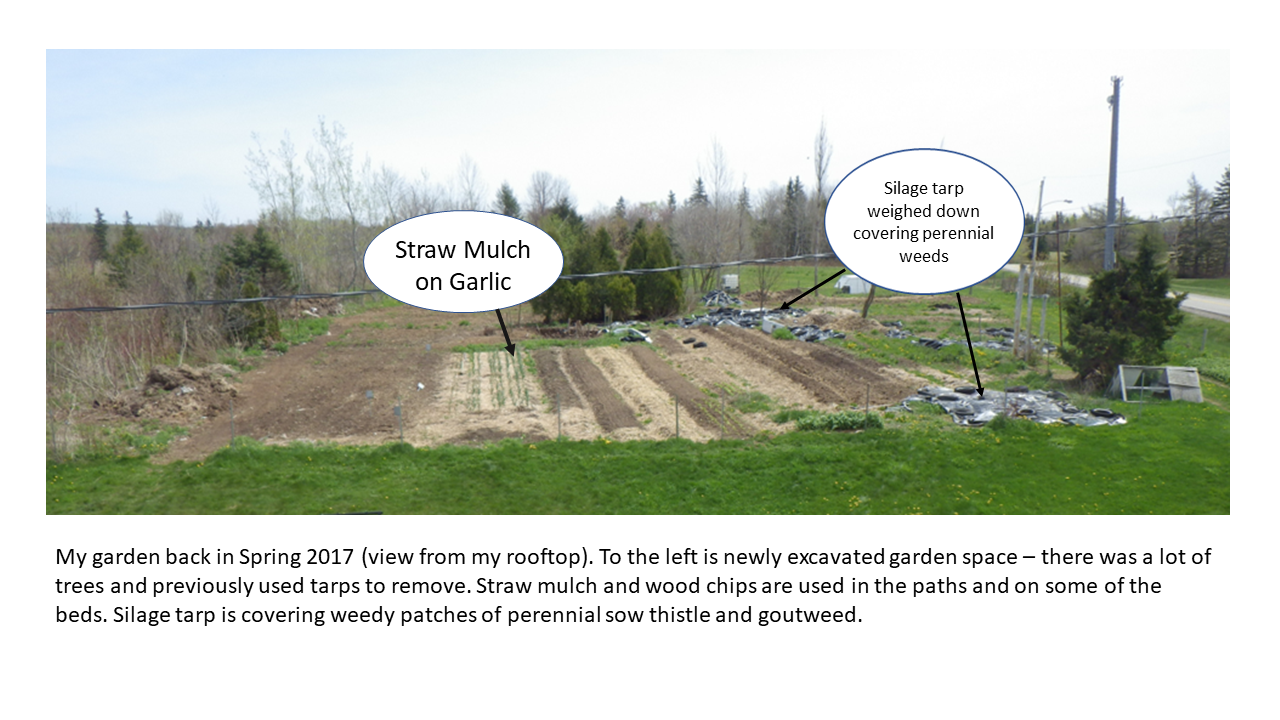About the Farm
Thyme for Ewe Farm is a diversified small scale farm located in Millville, Cape Breton, run by Tim and Estelle Levangie. We produce vegetables, herbs, free range chickens, pastured pigs and beef cattle. We also have some sheep and goats for mowing and milk production (personal use). We are processing our pork on farm, into sausages and bacon. We are planning on expanding our offering of processed meat and custom work for other farmers.
The farm sells through the Cape Breton Food Hub, the Cape Breton Farmers market and at the farm.
We believe that farming can be regenerative and sustainable, leaving a legacy for the future generations.
Responsibilities
The Meat Shop Helper responsibilities would include:
- Participate in the making of sausages and bacon, including packaging and cleaning.
- Help with the creation of new products such as charcuterie
- Other duties as assigned
This is a part time position, with the option to help on the rest of the farm (Plant, harvest in garden and greenhouses, fencing, feeding of livestock, catching chickens, building renovation, etc…)
Qualifications and Qualities
– Experience with smoking of meat/charcuterie an asset
– Ability to maintain a professional and positive attitude
– Self-motivated and able to maintain a fast pace of work for a whole day
– Ability to communicate efficiently, follow directions well and willing to learn
– Strong attention to details and organization
– Must be able to work independently as well as in a team setting
– HACCP knowledge an asset
– Food Handler certification necessary
– Meat cutting experience an asset
– Passion and interest in working/learning about small-scale, low-input, sustainable vegetable and animal production
– Comfortable with kids and a family working environment
- Must have own transportation to the farm
Please email thymeforewefarm@gmail.com with your resume and why you would like to apply.


